Introduction: The Shift Toward Electric Mobility
The automotive industry is undergoing one of the most significant transformations in its history. Over the last few decades, electric vehicles (EVs) have moved from being a niche market to a mainstream trend that is changing how people think about mobility. Technological advancements, environmental concerns, and regulatory pressures are all driving this shift toward cleaner, more sustainable modes of transport. As the global demand for electric vehicles continues to grow, traditional car brands—long dominant in the gasoline-powered car market—are facing an array of new challenges. The question now is: Can they adapt fast enough to compete with new entrants and the changing demands of consumers?
This article explores the rise of the electric vehicle market, the challenges faced by traditional car manufacturers, and the strategies they are implementing to meet these challenges head-on.
1. The Growth of the Electric Vehicle Market
A. Factors Driving the Adoption of EVs
- Environmental Concerns: The growing recognition of climate change and the environmental impact of traditional gasoline-powered vehicles.
- Government Regulations: Increasing government policies that promote electric vehicles through incentives, tax breaks, and emissions regulations (e.g., stricter CO2 limits).
- Technological Advancements: Improvements in battery technology, charging infrastructure, and vehicle efficiency that make EVs more practical and affordable.
- Consumer Preferences: Growing awareness and interest from consumers in reducing their carbon footprint and switching to sustainable modes of transport.
B. The EV Market in Numbers
- Global EV Sales Growth: Statistics showing the rise in EV sales worldwide, particularly in Europe, North America, and China.
- Emerging EV Manufacturers: The rise of companies like Tesla, Rivian, and NIO, and how they have disrupted the automotive industry with their innovative electric models.
- The Future of EV Market Share: Projections on how electric vehicles will dominate global markets over the next decade.
2. The Traditional Automotive Industry’s Response
A. The Traditional Brands’ Initial Reluctance
- Legacy Mindset: How established car manufacturers like Ford, General Motors, Volkswagen, and Toyota initially focused on improving fuel efficiency in internal combustion engine (ICE) vehicles, rather than fully embracing electric vehicles.
- Slow Adoption of EV Technology: Challenges in transitioning from ICE to electric powertrains due to large investments in manufacturing plants and supply chains that were designed for conventional vehicles.
B. The Shift Toward Electric Mobility
- Embracing the Change: How major automakers are slowly but surely committing to the electric future.
- Volkswagen Group: The launch of the ID. series and their strategy to become a global leader in EVs.
- Ford: The development of the Mustang Mach-E, an all-electric SUV, and the upcoming electric F-150 Lightning.
- GM’s All-Electric Future: General Motors’ commitment to an all-electric future with the Chevrolet Bolt and the upcoming electric Silverado.
- Toyota and Honda: Their cautious but strategic moves towards hybrid and electric models.
- Strategic Partnerships and Alliances: How traditional manufacturers are collaborating with startups, tech companies, and governments to strengthen their EV portfolios.
3. The Challenges Faced by Traditional Car Brands in the EV Era
A. R&D and Technology Development
- Battery Technology: The ongoing battle to improve battery performance, reduce costs, and extend range. The challenge of competing with companies like Tesla, who have a technological head start.
- Charging Infrastructure: Building the charging networks necessary to support mass adoption of electric vehicles. Unlike gasoline stations, EV chargers are not yet ubiquitous, making long-distance travel difficult for some consumers.
- Software and Autonomy: The growing importance of software and autonomous driving capabilities in modern vehicles. Traditional car brands are racing to develop the necessary software and AI technologies to compete with Tesla and other new entrants.
B. Supply Chain and Manufacturing Challenges
- Production Shifts: The need to retool manufacturing plants that were designed for internal combustion engines to produce electric vehicles. This involves large capital expenditures, time, and effort.
- Raw Material Supply: The strain on the supply of key raw materials for batteries, such as lithium, cobalt, and nickel. Car manufacturers must secure a sustainable supply of these materials to maintain production.
- Labor Force Transition: The shift from traditional engine assembly to EV production requires retraining workers and adapting labor practices.
C. Competition from New Entrants
- Tesla’s Dominance: How Tesla has disrupted the market with its innovative approach, superior range, and cutting-edge software. Tesla’s success in creating a brand synonymous with electric vehicles has put immense pressure on traditional car makers.
- Other Startups: Rivian, Lucid Motors, NIO, and other electric startups that are attracting attention with their premium electric models. These companies pose a unique challenge as they appeal to environmentally conscious consumers with high-end and feature-rich electric vehicles.
D. Consumer Perceptions and Brand Loyalty
- Challenges to Brand Loyalty: Traditional car brands have established deep brand loyalty over decades. Convincing consumers who have always driven gasoline-powered cars to switch to electric may take time.
- Consumer Education: Overcoming misconceptions about EVs, such as range anxiety, long charging times, and higher upfront costs. Education campaigns are essential in building trust in new technologies.
- Diverse Consumer Needs: Traditional car buyers have specific preferences when it comes to performance, luxury, and vehicle features. Meeting these expectations in an EV context presents a challenge, as electric vehicles typically have different performance characteristics compared to their gasoline counterparts.
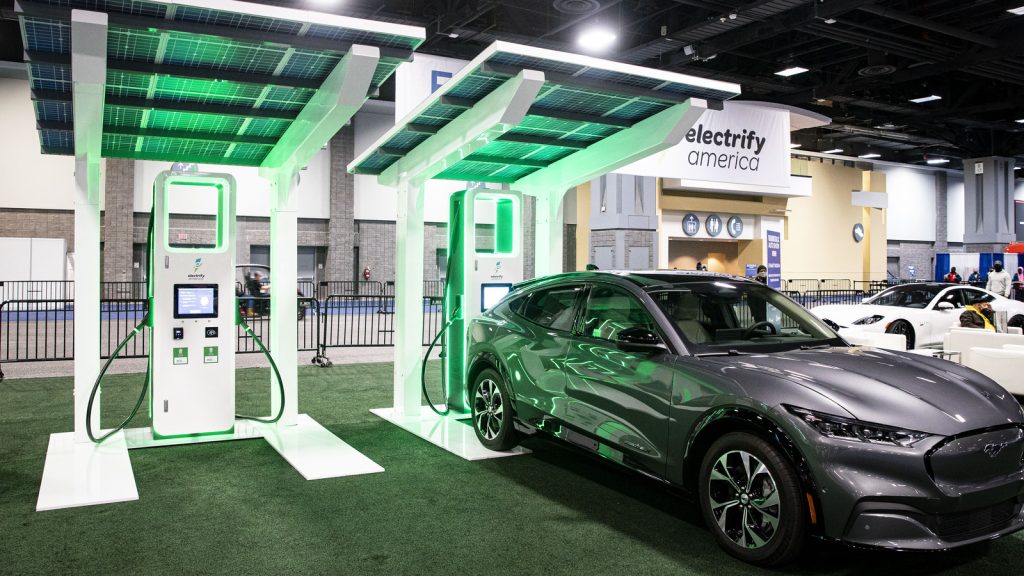
4. The Strategies Adopted by Traditional Car Brands
A. Expanding EV Portfolios
- Building a Full EV Lineup: The development of a range of electric vehicles across different segments, from compact cars to SUVs and trucks.
- Volkswagen ID. Series: The ID.3, ID.4, and upcoming ID. Buzz are examples of how Volkswagen is diversifying its EV offerings.
- Ford’s Electrification Strategy: The Mustang Mach-E, electric F-150, and future electric versions of the company’s most popular models.
- GM’s EVs and Cadillac’s Lyriq: General Motors’ development of electric vehicles under the Chevrolet and Cadillac brands.
- Investments in EV Infrastructure: Investing in charging infrastructure or partnering with companies like ChargePoint or Electrify America to build a nationwide network of charging stations.
B. Developing Hybrid and Plug-in Hybrid Vehicles
- Bridging the Gap: Some automakers are focusing on hybrid and plug-in hybrid models as an intermediate solution for consumers not yet ready to fully embrace electric vehicles.
- The Toyota Prius: Toyota’s hybrid vehicles continue to remain popular as they offer a middle ground between gasoline cars and electric vehicles.
- Expanding Hybrid Options: Ford, GM, and other companies are introducing hybrid versions of their most popular models to appeal to consumers who want the benefits of electric propulsion without the range limitations of full EVs.
C. Collaborations and Strategic Alliances
- Partnerships with Tech Companies: Traditional car brands are increasingly forming partnerships with tech companies like Google, Apple, and even energy companies to accelerate the development of software, battery technology, and autonomous driving features.
- Electric Truck Partnerships: Many car manufacturers are teaming up to develop electric trucks to compete with Tesla’s Cybertruck and other emerging electric pickup models.
- Battery Production Partnerships: Collaborating with battery manufacturers like LG Chem, CATL, and Panasonic to secure a stable supply of high-quality, affordable batteries.
5. The Road Ahead: Can Traditional Car Brands Survive and Thrive in the EV Era?
A. Challenges Still on the Horizon
- Fast-Paced Technological Change: The pace of innovation in the electric vehicle sector is rapid. Automakers that have been slow to adapt may find themselves falling behind as technology continues to evolve.
- Competing with Startups: The success of new EV companies shows that innovation doesn’t always come from the biggest names in the industry. Traditional automakers will need to foster a startup-like mindset to keep up with disruptive newcomers.
- Navigating Global Markets: Different countries have different attitudes and regulations when it comes to EVs, requiring traditional car brands to adapt their strategies to various markets.
B. The Importance of Consumer-Centric Innovation
- Focusing on User Experience: The future of mobility isn’t just about the car itself but about how it integrates into the broader ecosystem of services. Traditional brands must prioritize features that enhance convenience, connectivity, and sustainability.
- Building EV-Ready Brands: It’s no longer just about selling a car; it’s about creating a brand that resonates with the values and concerns of the modern consumer. Traditional automakers will need to cultivate trust in their electric offerings.
Conclusion: A Future of Collaboration and Competition
The rise of the electric vehicle market has forever altered the landscape of the automotive industry. Traditional car brands face enormous challenges, from technological innovation and competition from new players to the shifting demands of an environmentally conscious consumer base. However, these brands have decades of experience, financial resources, and manufacturing capabilities that give them a significant advantage as they pivot toward electrification.
Ultimately, the future of the automotive industry will likely be one of collaboration and competition, where both legacy automakers and innovative startups work together to meet the growing demand for sustainable mobility solutions. Traditional car brands must embrace the electric future if they are to thrive in a world that is increasingly defined by sustainability, connectivity, and smart technologies.



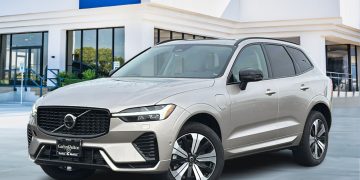


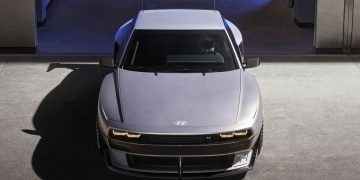
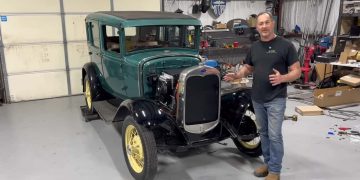

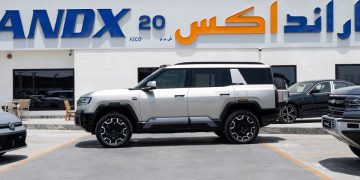

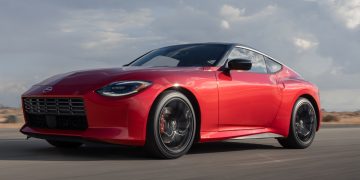









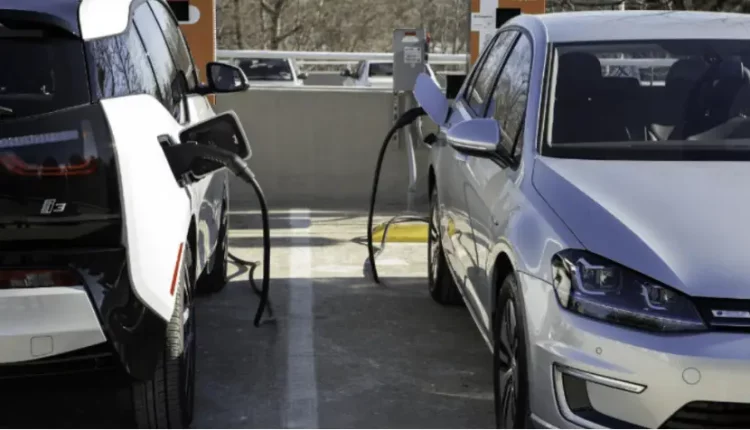












Discussion about this post